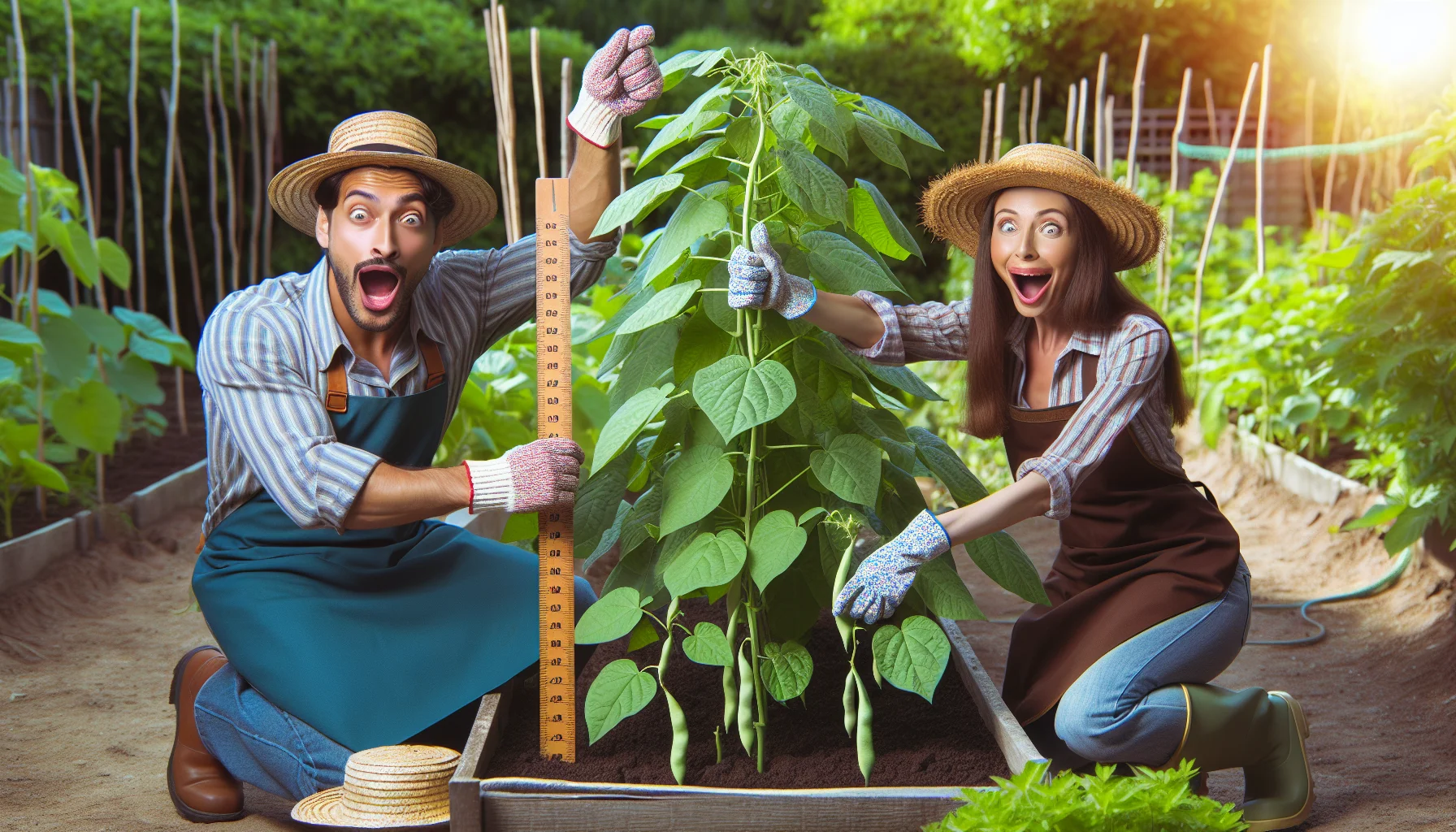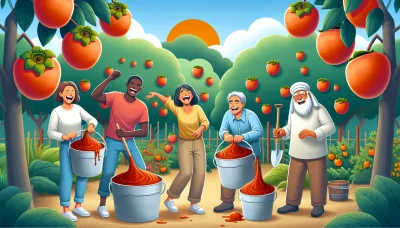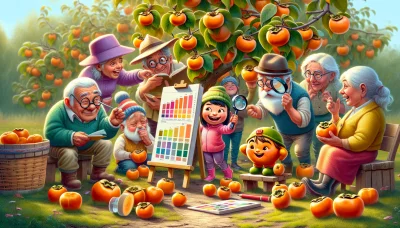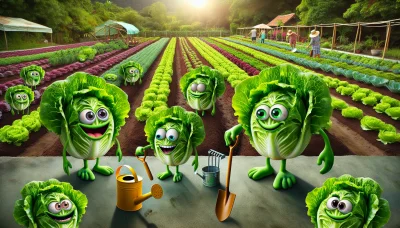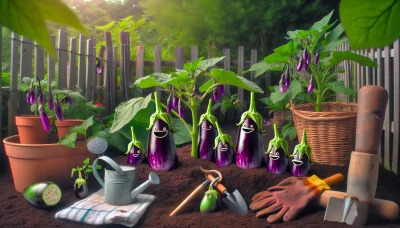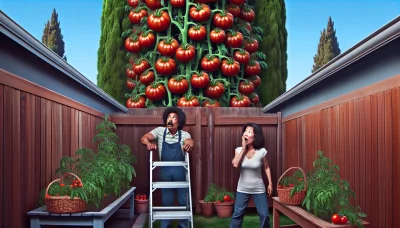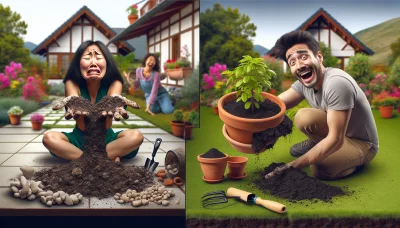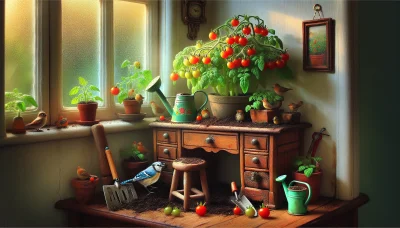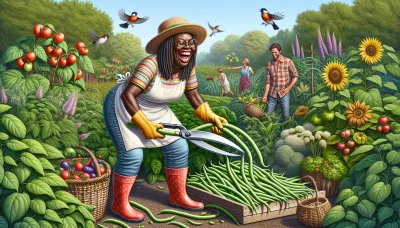Growing bush beans Quiz
Test Your Knowledge
Question of
Introduction to Growing Bush Beans
Bush beans, unlike their climbing counterparts, are a type of bean plant that grows in a compact bush form, making them an ideal choice for gardeners with limited space. They are known for their ability to produce a bountiful harvest without the need for staking or trellising, simplifying the cultivation process. Bush beans come in a variety of types, including green beans, wax beans, and purple varieties, each offering its unique flavor and nutritional benefits. These plants are not only popular for their ease of growing but also for their relatively short time to harvest, allowing gardeners to enjoy fresh beans throughout the growing season. Whether you're a seasoned gardener or a beginner, bush beans can be a rewarding and delicious addition to your garden.
Choosing the Right Variety
When it comes to cultivating bush beans, gardeners have a plethora of varieties to choose from, each with its unique flavor, texture, and growth habit. Selecting the best variety for your garden involves considering your specific climate and soil conditions. For instance, if you reside in an area with a short growing season, opting for a variety that matures early can be beneficial. Conversely, in regions with long, hot summers, heat-tolerant varieties will thrive better.
Soil conditions also play a crucial role in your selection process. While bush beans are relatively adaptable, they prefer well-draining soil with a neutral pH. If your soil is heavy or clay-like, consider amending it with organic matter to improve drainage and texture. On the other hand, sandy soils might require more frequent watering and fertilization to sustain healthy bush bean plants.
Ultimately, experimenting with different varieties can be a rewarding way to discover which beans grow best in your garden's unique conditions. From the tender 'Blue Lake' to the robust 'Contender', each variety offers something special. Paying attention to the specific needs and preferences of the varieties you choose will ensure a bountiful and delicious harvest.
Planting Bush Beans
To cultivate bush beans successfully, start by selecting a sunny spot as these plants thrive in full sunlight. Begin soil preparation by ensuring the soil is well-draining and rich in organic matter, aiming for a pH between 6.0 and 6.8. It's crucial to avoid planting in soil where beans haven't been grown for at least three years to prevent disease build-up. Loosen the soil to a depth of about 8 to 10 inches and mix in compost or aged manure to enrich it.
When it comes to planting, the best time of year is after the last frost date in your area when the soil has warmed to at least 60°F. Plant the seeds about 1 inch deep and 2 inches apart in rows, with each row spaced about 18 to 24 inches apart. Water the area gently but thoroughly after planting. Bush beans typically don't require staking, making them a bit easier to manage than their pole bean counterparts.
Keep the soil consistently moist, especially once the plants start flowering and developing beans. A layer of mulch can help retain soil moisture and control weeds. With proper care, bush beans will begin to produce harvestable pods in about 50 to 60 days. For a continuous harvest, consider planting a new batch of seeds every two weeks throughout the growing season.
Caring for Your Bush Beans
To ensure your bush beans thrive, it's essential to provide them with proper care, which includes regular watering, fertilizing, and weeding. Water your bush beans deeply at least once a week, allowing the soil to dry slightly between waterings to encourage deep root growth. Fertilize your plants sparingly, as too much nitrogen can reduce pod production – a balanced, slow-release fertilizer applied at planting and mid-season is sufficient. Regular weeding is crucial to prevent competition for nutrients and water, but be gentle around the roots of your bush beans to avoid damage. With these practices, your bush beans will produce a bountiful harvest.
Pest and Disease Management
Bush beans, while easy to grow, can be susceptible to various pests and diseases that can hinder their growth and productivity. Common pests include aphids, spider mites, and Mexican bean beetles, which can cause significant damage by feeding on the leaves, leading to reduced vigor and yield. Diseases such as bean rust, powdery mildew, and anthracnose also pose threats, manifesting as spots or powdery coatings on leaves and potentially leading to premature leaf drop or reduced bean quality. To prevent or manage these issues, it's crucial to practice crop rotation to minimize disease carryover, maintain proper spacing for air circulation, and apply organic or chemical controls as necessary. Regularly inspecting plants for signs of distress and taking prompt action can also help keep pests and diseases at bay, ensuring a healthy and productive bush bean crop.
Harvesting and Storing Bush Beans
Bush beans are ready to harvest when the pods are firm and have reached their full size, but before they become too bulgy and the seeds inside overdevelop. The ideal time for picking is when the beans inside the pod have fully formed but are still tender, and the pod itself is bright in color and snaps easily when bent. For harvesting, it's best to gently hold the stem with one hand and pull the pod off with the other to avoid damaging the plant. Regular harvesting encourages the plant to produce more beans. After picking, bush beans can be stored in the refrigerator for about a week. For longer preservation, they can be blanched and frozen, ensuring you'll have a supply of bush beans for the months to come.
Benefits of Growing Bush Beans
Bush beans are not only a delicious addition to any meal but also come packed with nutritional benefits, including being a great source of protein, vitamins, and minerals. Growing bush beans in a home garden offers a plethora of advantages. For starters, they are known to improve soil health by fixing nitrogen levels, which can benefit other plants grown in proximity. Additionally, cultivating bush beans can significantly reduce grocery bills, providing a fresh, organic source of nutrition right from your backyard. Their compact size and lower maintenance requirements make them an ideal choice for gardeners of all levels, ensuring a bountiful harvest with minimal effort.
